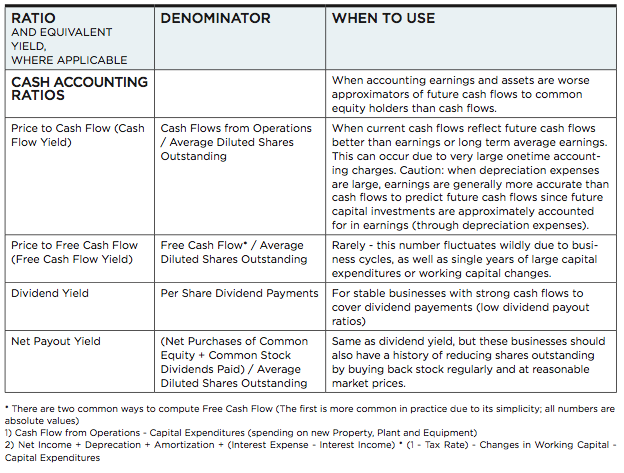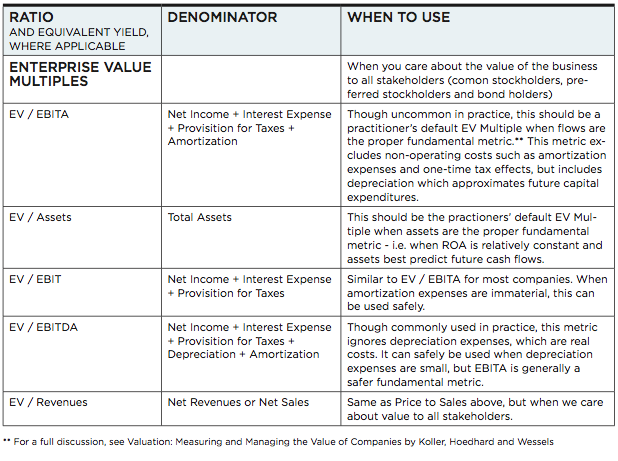Difference Between Common and Preferred Stock
Post on: 2 Июль, 2015 No Comment

May 28, 2012 0 Comments
There are many areas of confusion when it comes to trading stocks, and the difference between common and preferred stock is one of them. Most of the time, traders can get by without knowing which is which – especially if you are a beginner trader. But, there are key differences that you should understand because believe it or not, the differences can matter.
What is a Common Stock?
We’ll start by covering common stocks. A common stock is a piece of ownership of a company (also known as equity ) that gives you certain rights. The most important right for 99% of investors is the right to sell the stock to someone else and receive payment for it, especially if the stock appreciates in value. (That’s obvious; you can’t sell something you don’t legally possess.)
The second right is the right to receive dividends . or payments from the company’s profits. These are generally disbursed every three months, although some are semi-annual or annual.
The third right is the right to vote on particular issues relating to the company. For example, you may be able to vote on members to the Board of Directors for the company.
This is important because the Board of a corporation makes major decisions that impact the financial health of the company, such as hiring the Chief Executive Officer and issuing dividends.
Common stockholders often receive dividends, but you have to keep in mind that dividends aren’t guaranteed. More on that later. Also, returns aren’t guaranteed either and can fluctuate.
What is a Preferred Stock?
The term preferred stock refers to stock that is basically a hybrid of an equity asset and a debt asset . Preferred stock is the same as common stock in that it also signifies partial ownership in a company, but is different in that it has other characteristics.
The ‘preferred’ in preferred stock means it has precedence over common stock. Preferred stocks have fixed dividend amounts, usually don’t have voting rights, and give their owners claims on proceeds from liquidation should the company be forced to liquidate assets (like with a bankruptcy). Preferred stock also are rated by credit rating agencies just like bonds .
There are several different types of preferred stock. Some preferred stock is convertible into common stock. Other types have incentives that pay out extra dividends if the company meets certain financial goals.
Note that dividends for preferred stocks don’t always have to be paid. When they aren’t, though, the dividend is in arrears, meaning it could still be paid later (if the preferred stock is a cumulative stock).
What is the Difference?
The differences between common stocks and preferred stocks usually revolves around the role of preference, or order.

Basically, when it comes to dividend payments from the company, preferred stocks have precedence over common stocks. This means that your chances of receiving a dividend payment from a company are significantly higher if you have preferred stock than it is if you have common stock.
The same holds true in case parts of the company have to be liquidated to pay off debt or finance operations. Preferred stock takes precedence over common stock here, too. Say, for example, that Company X needs to sell off and liquidate its manufacturing division to satisfy creditors. Preferred stock would be first in line, while common stock only has what we call a residual claim (after everything else has been paid).
As we’ve mentioned, you usually don’t have voting rights with preferred stocks, but you do with common stocks. Also, the dividend payout for common stocks fluctuates, mostly depending on how much money the company pulled in over a period of time. For preferred stocks, in contrast, you usually know how much return you’ll be receiving because it is fixed.
Preferred stocks have a lot in common with bonds, especially when compared to common stocks. Since the payout of a dividend for preferred stocks is usually fixed, the value of a preferred stock is sensitive to changes in interest rates. Compared to bonds, preferred stocks actually perform better, historically.
The average rate of return since 1900 is 7.4%, versus 6.4% on corporate bonds (and 10% on common stock). Furthermore, preferred stocks are generally thought to carry less risk than common stock, just like bonds.
Which Is Right For You?
The answer to that question really depends on your preferences. Do you want to ensure a consistent income with regular dividends, and want a higher payout than what you’ll get with corporate bonds? Preferred stock may be for you.
Do you want to go after appreciation (or growth) in value instead of relying on dividends? Common stock may be for you. It’s arguably more difficult to find shares of preferred stock for trading, but the lower level of risk and fixed dividend rates may entice you.














